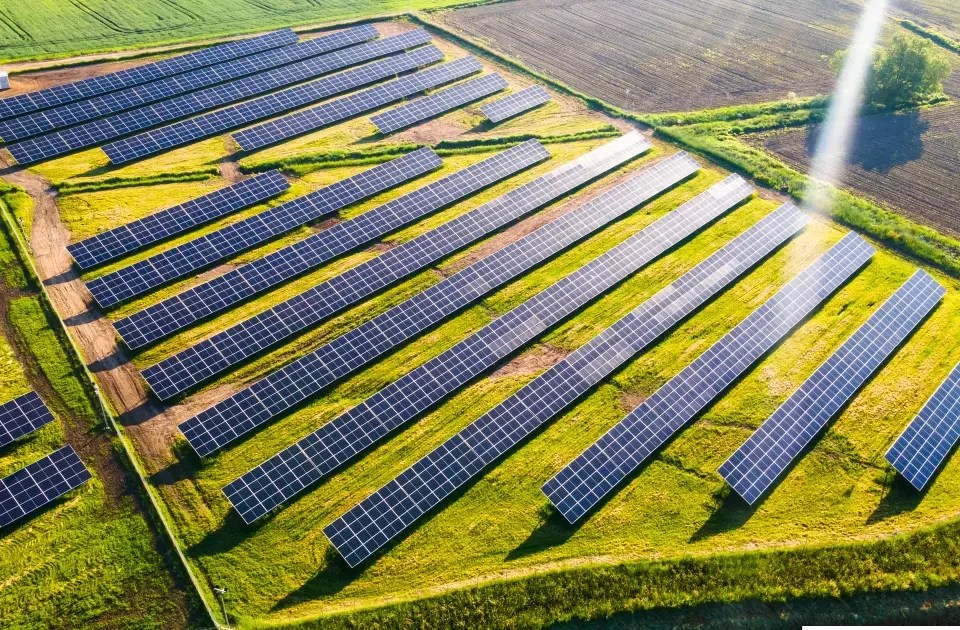Introduction: Solar energy has emerged as a leading renewable energy source, powering homes, businesses, and communities around the world. But what drives the economics behind solar energy power plants? In this blog, we will delve into the key factors that influence the financial viability and economic considerations of solar power plants.
- Cost of Solar Photovoltaic (PV) Technology :
The cost of solar PV technology plays a pivotal role in determining the economics of solar energy power plants. Over the years, there has been a significant decline in the cost of solar panels, driven by technological advancements, economies of scale, and increased manufacturing efficiency. As a result, the upfront capital costs of solar power plants have decreased, making them more economically attractive. Additionally, ongoing research and development efforts are focused on improving the efficiency and lifespan of solar panels, further enhancing the cost-effectiveness of solar energy.
- Levelized Cost of Electricity (LCOE):
The levelized cost of electricity (LCOE) is a crucial metric that quantifies the cost of generating electricity from a solar power plant over its lifetime. LCOE takes into account the initial investment, operational costs, maintenance expenses, and expected energy output. With the declining costs of solar PV technology and improvements in efficiency, the LCOE of solar energy has become increasingly competitive, often matching or even surpassing the costs of traditional fossil fuel-based power generation. This economic advantage positions solar power as a financially viable and sustainable option for meeting energy needs.
- Policy Incentives and Regulatory Framework:
Government policies and incentives significantly impact the economics of solar energy power plants. Various countries have implemented measures such as feed-in tariffs, tax credits, grants, and renewable energy certificates to promote solar energy adoption. These incentives help reduce the upfront costs, lower the payback period, and improve the return on investment (ROI) for solar power plant developers. Moreover, favorable regulatory frameworks, streamlined permitting processes, and grid access policies further enhance the economic viability of solar energy projects.
- Economies of Scale and Project Size:
Solar energy power plants benefit from economies of scale, whereby larger projects can achieve lower costs per unit of electricity generated. Large-scale solar installations require substantial upfront investments but offer higher energy output, improved efficiency, and reduced operation and maintenance costs. Additionally, economies of scale extend to the procurement of components, such as solar panels, inverters, and balance-of-system equipment. By maximizing the project size, developers can leverage these economies of scale, optimizing the economics of solar energy power plants.
- Financing and Financial Models:
Access to financing plays a crucial role in the economic viability of solar energy power plants. Traditional financing options, such as debt and equity investments, power purchase agreements (PPAs), and green bonds, provide the necessary capital for project development. Innovative financial models, such as community solar and third-party ownership, have also emerged, enabling wider participation in solar energy projects. Moreover, the declining costs and maturity of the solar industry have attracted institutional investors, further strengthening the financing landscape for solar power plants.
Conclusion : Solar energy power plants are becoming increasingly economically viable, driven by declining costs, favorable policies, economies of scale, and innovative financing models. As the world transitions towards a clean energy future, understanding the economics behind solar power plants is crucial in harnessing the immense potential of solar energy and driving the shift towards sustainable and affordable electricity generation.




